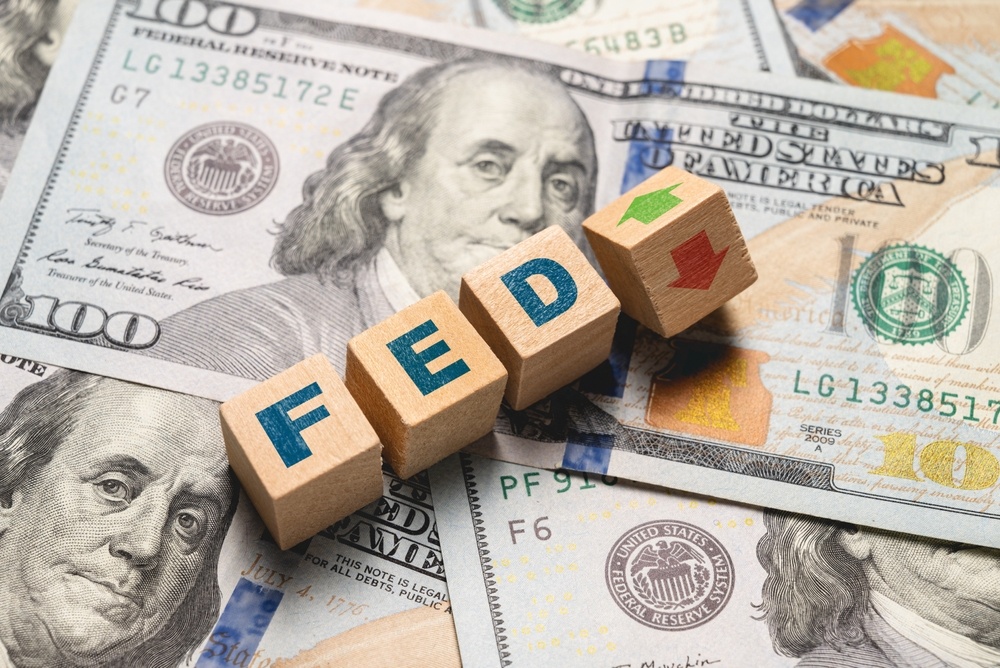U.S. Q1 economic performance may postpone the Fed's rate cut
The U.S. economy grew 2.4 per cent in the first quarter, and inflation and economic growth could affect the timing of the Fed's rate cuts.

According to the forecast of the U.S. Department of Commerce, the growth rate of GDP in the first quarter was 2.4%, slightly slower than the 3.4% in the previous quarter, but still higher than the Federal Reserve's expected non-inflationary growth rate of 1.8%.
The strong performance of the labor market and continued consumer spending are the main drivers of economic growth. The average monthly addition of jobs in the first quarter reached 276,000, indicating sustained strength in the labor market. With consumer spending accounting for more than two-thirds of economic activity and supported by wage growth, it has maintained steady growth.
The core Personal Consumption Expenditures Price Index in March is expected to increase by 2.6% year-on-year, lower than February's 2.8%. Since March 2022, the Federal Reserve has raised the benchmark interest rate to a range of 5.25% to 5.50% to control inflation. Economists expect that inflation pressures will not continue to rise, so the Federal Reserve may postpone interest rate cuts until before September.
The strong growth in the housing market and investments in intellectual assets have driven economic growth, while non-residential construction investment has slowed somewhat. Additionally, trade may have a negative impact on GDP growth due to increased imports.
Disclaimer: The views in this article are from the original Creator and do not represent the views or position of Hawk Insight. The content of the article is for reference, communication and learning only, and does not constitute investment advice. If it involves copyright issues, please contact us for deletion.